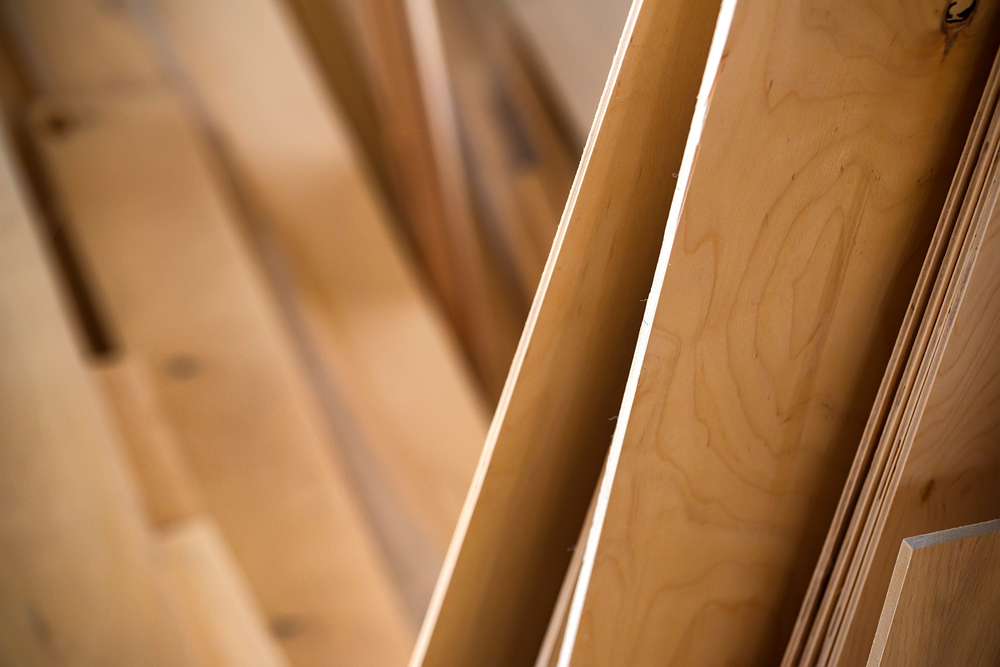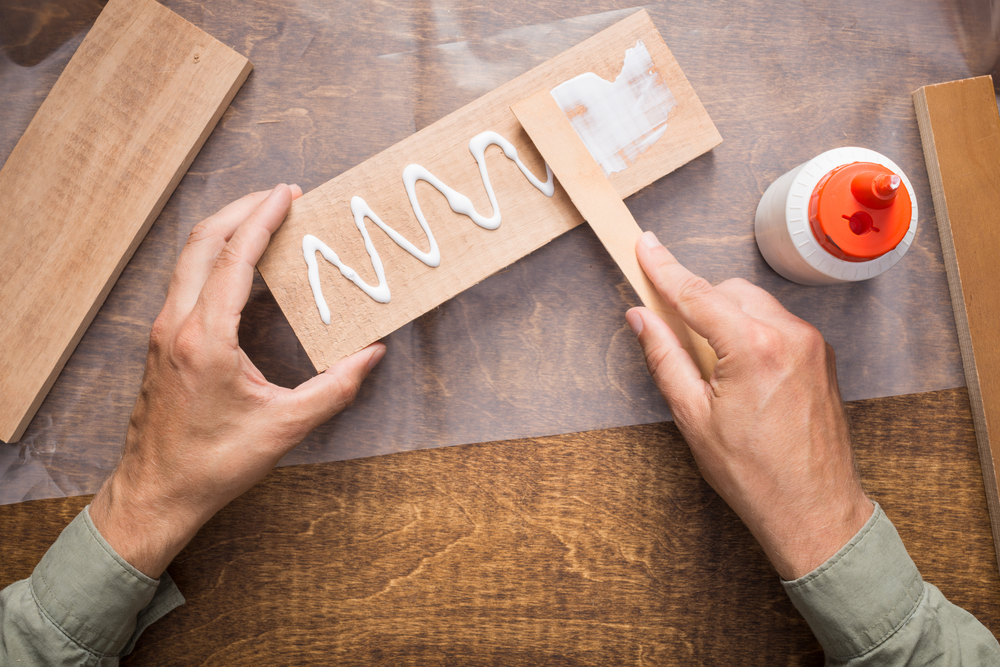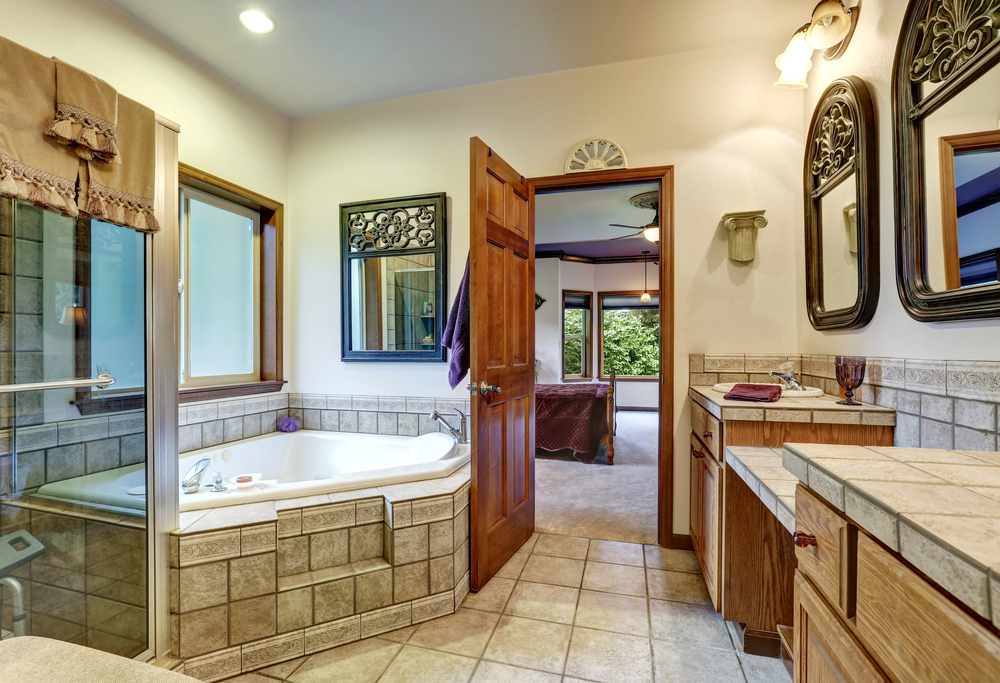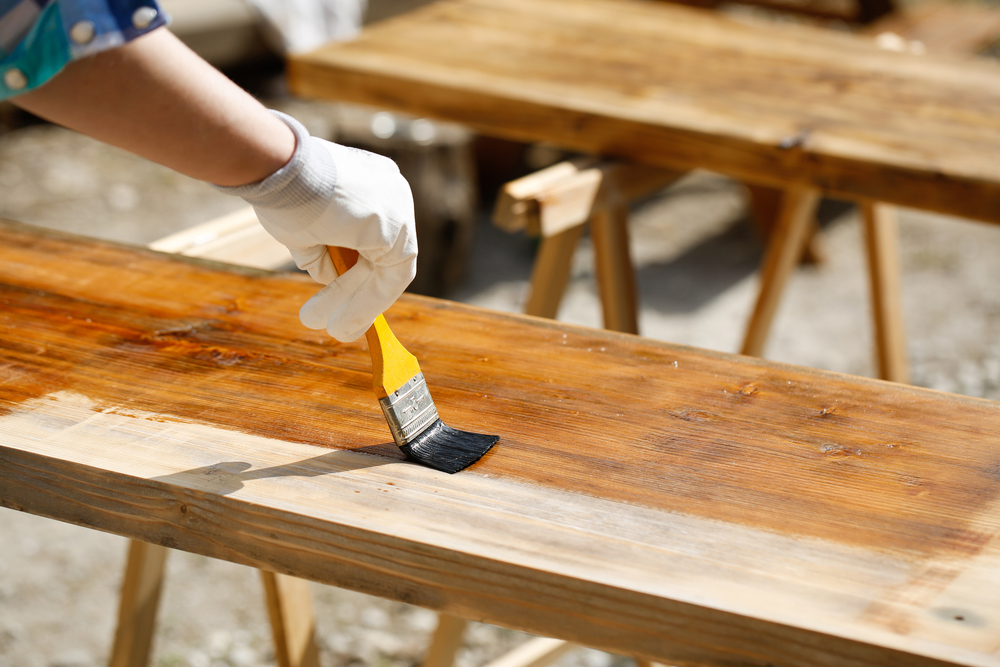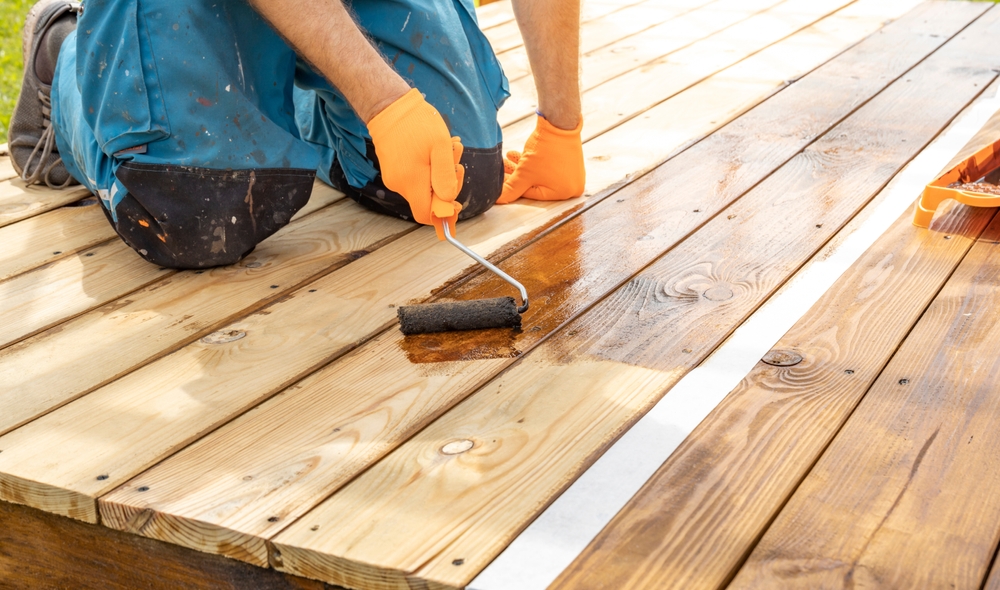Tempered Glass vs Regular Glass
Understanding the differences between tempered and regular glass is crucial, especially when safety and durability are priorities. Both types are widely used in everyday environments, yet they serve different purposes. Knowing the strengths and limitations of each helps in making informed choices for various applications.
Manufacturing Processes
An understanding of how tempered glass is made sheds light on its unique properties. It’s produced by heating regular glass to over 600 degrees Celsius, followed by rapid cooling. This process, known as quenching, creates internal stresses. These make the glass stronger and more resistant to breakage. If it does break, it shatters into small, blunt pieces, reducing the risk of injury.
Regular glass, often called annealed glass, undergoes a simpler manufacturing process. It’s formed and then gradually cooled. The slow cooling process doesn’t introduce any significant internal stresses. Therefore, it breaks into large, sharp shards upon impact. This characteristic makes it less safe in scenarios where breakage is a concern.
Strength and Durability
The strength of tempered glass is one of its most significant benefits. It is approximately four to five times stronger than its regular counterpart. This increased strength is due to the toughening process which compresses the glass surface and edges. It’s particularly beneficial in environments where impacts are likely, such as in car windows or public buildings.
Regular glass is more susceptible to breaks and cracks, making it unsuitable for certain applications. It’s best used where decorations are more important than safety. Picture frames, for instance, commonly use regular glass due to its ease of cutting and shaping.
Safety Features
The safety advantage of tempered glass is significant. When it breaks, it crumbles into small granular chunks instead of sharp splinters. This makes it a safer choice in many settings. For example, it’s used in car windows, shower doors, and safety glass doors to minimize injury risks.
In contrast, the large dangerous shards from regular glass can pose serious injury risks. As a result, it is seldom used in situations where human safety is a concern. Its lack of safety features limits its use in areas that demand higher safety standards.
Applications and Uses
Tempered glass is versatile in its applications. It’s used in automobile windows, building facades, and even as the protective screen covers for smartphones. Given its resistance to thermal stress, it’s also a preferred choice for oven doors and coffee pots.
Regular glass, being easier to manipulate, finds use in interior design. It’s commonly seen in window panes, picture frames, and mirrors. While not as strong as tempered glass, its ability to be easily cut and shaped makes it versatile for artistic and domestic applications.
Thermal Resistance
Tempered glass can withstand significant temperature changes without cracking. This property makes it suitable for environments with high thermal variation. Kitchens and bathrooms often benefit from its use due to sudden temperature changes caused by cooking or hot water exposure.
Regular glass lacks this robustness. Exposure to intense heat can cause it to shatter. This makes it unsuitable for use in environments that experience rapid temperature changes. It’s vital to understand these limitations to prevent accidents and structural failures in heat-prone settings.
Cost Considerations
Cost often influences the decision between tempered and regular glass. Tempered glass is typically more expensive due to its complex manufacturing process. While the upfront cost is higher, its durability can offer long-term savings by reducing the need for replacements.
Regular glass is less expensive initially, making it appealing for low-budget projects. However, its lower durability may result in higher long-term costs due to frequent breakages and replacements.
Environmental Impact
Both types of glass have environmental impacts. The energy-intensive process of making tempered glass contributes to its larger carbon footprint. However, its durability may offset this by reducing the frequency of manufacturing new products.
Regular glass, with its simpler production process, usually has a lower initial environmental impact. Yet, sustainability depends on the specific application and the frequency of required replacements.
Installation Considerations
Installation of tempered glass requires careful planning due to its inability to be cut after tempering. Any sizing or shaping must be completed prior to the tempering process, which demands precise measurements.
Regular glass is more forgiving in this regard. It can be cut and reshaped at any point before installation, allowing for adjustments on site. This flexibility makes it a practical choice for projects requiring on-the-spot modifications.
Aesthetic Qualities
Aesthetic considerations can also influence the choice between tempered and regular glass. Tempered glass often appears clearer and more refined due to its manufacturing process. This makes it desirable for areas where clarity and elegance are important.
Regular glass can offer a wider variety of options in terms of finish and style. Its ease of craft allows for decorative treatments that are limited in tempered glass due to its strength and thickness. For artistic purposes, regular glass provides more choices.

